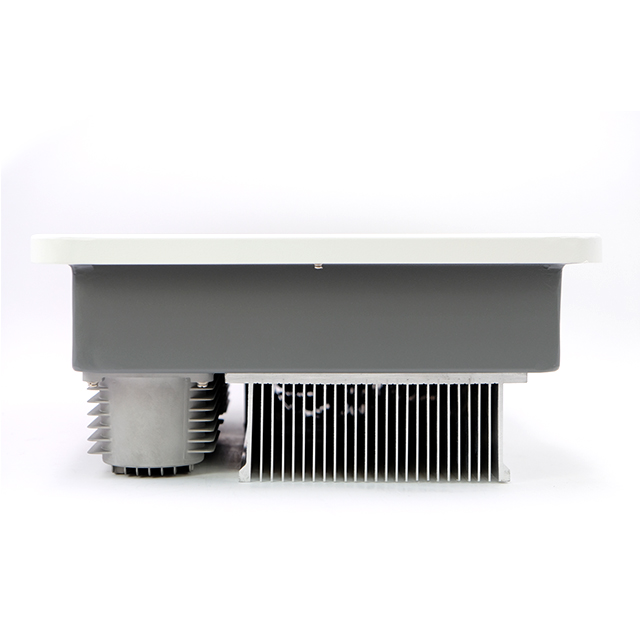How is the conversion efficiency of a
solar inverter calculated? In fact, the conversion rate of a solar inverter refers to the efficiency with which the inverter converts the current generated by the solar panel into electrical energy. In the solar power generation system, the function of the
solar inverter is to convert the direct current generated by the solar panel into alternating current, and transmit the alternating current to the power grid or the battery of the power bureau. In the case of high conversion efficiency of the inverter, it can be converted into household electricity or sold excess electricity to the grid.
So what are the main factors that determine the conversion efficiency of
solar inverters?
1. When the DC current is replaced by an AC sine wave, a power semiconductor circuit should be used to convert the DC current. At this time, the power semiconductor will be hot and there will be loss. However, by improving the design of the switching power supply circuit, such losses can be minimized.
2. Improve inverter control experience and improve efficiency. The output current and operating voltage of the solar panel will change with the temperature of the sun, and the inverter can optimally control the current and operating voltage to maximize the current. That is, the shorter the time to find the optimal power point, the higher the conversion efficiency. The control characteristics of inverters vary from manufacturer to manufacturer, and so do their conversion efficiencies. For example, some inverters have high conversion efficiency at maximum power output, but low conversion efficiency at low power output. Others maintain average transition efficiency from low power output to high power output.

